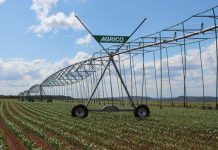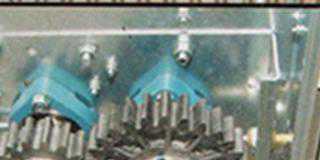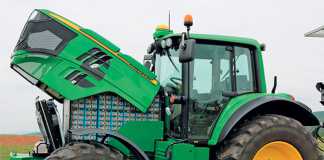The Balfour Hay Day was once again a resounding success. Two items that caught the eye of Farmer’s Weekly were the Lely Welger V160 round baler from G North and the new round baler net-wrapping technology exhibited by Addcon Africa.
- Lely Welger V160 round baler: This the only baler currently available in South Africa that can produce bales in diameters of 0,9m, 1,2m and 1,6m. G North claims the Welger is the market leader in the 1,6m category. Farmers tend to prefer bigger bales as they require fewer journeys up and down the lands, saving wear and tear, time and fuel. Steph Strydom, manager of G North, said that all of the company’s balers were already equipped for net baling. “This is what farmers want. These days, 90% of bales are net-wrapped,” he added.
- Rondotex Evolution bale net: Dawie Fourie of Addcon Africa demonstrated the new Rondotex Evolution bale net made by the RWK Group in Germany. The net has an improved UV protection of 15 months designed for southern African conditions. “Net-wrapping is the future. We’re going to equip all our balers with net-wrapping facilities,” said Paul Viljoen of New Holland SA, who attended the demonstrations.
Better baling
Net-wrapping was compared with twine binding (pictured above) in a two-year study by Kevin Shinners, professor of agricultural engineering at the University of Wisconsin-Madison in the USA.
Shinners concluded that:
- As few as two-and-a-half turns are needed to wrap a bale with Rondotex netting, compared with 20 or more with twine. Only eight seconds are required to net-wrap a bale, compared with 24 seconds to wrap it with twine. In all, a twine baler takes 4,4 hours longer than a net-wrapping baler to produce 1 000 round bales.
- A net-wrapping baler can produce 32% more bales an hour than twine binding. This means more speed, less fuel and lower wear on equipment.
- Because net-baling requires fewer turns than twine baling, there is significantly less hay loss in the bale chamber.
- Water resistance is better in the case of net- wrapping, as the bale is covered in plastic net. With twine, the bale is completely exposed. In addition, the twine forms furrows on the surface, allowing water to gather, which causes rotting.












